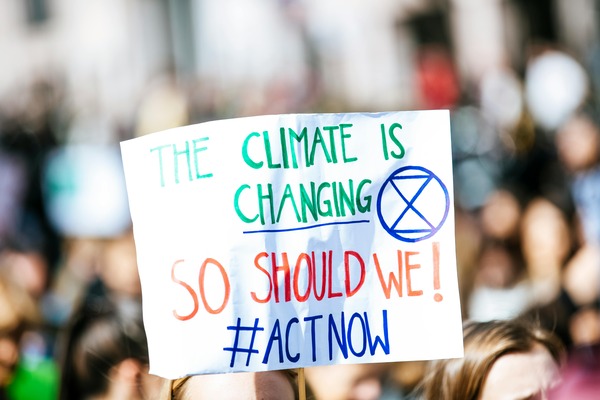Effects of Climate Change on Human Health
Climate change is one of the most pressing global challenges of our time, and its impact on human health is increasingly evident. The shifting patterns of weather, rising temperatures, and frequent extreme events all pose direct and indirect threats to human well-being. This blog post explores some of the most significant ways in which climate change is affecting human health. Heat Stress One of the most direct effects of climate change is the increasing frequency and intensity of heat waves. Rising global temperatures mean that we are more exposed to heat stress, which can lead to serious health problems, particularly for the elderly, children, and those with pre-existing conditions. The body struggles to maintain its normal temperature, and vital organs like the heart and kidneys may be severely affected. Urban areas, in particular, face the risk of “heat islands,” where temperatures can soar due to concrete structures trapping heat. Hardship Climate change increases socio-economic hardships, particularly in vulnerable populations. As extreme weather events such as floods, hurricanes, and droughts become more frequent, the economic impact on communities becomes more severe. Homes, infrastructure, and livelihoods are often destroyed, leading to increased poverty, displacement, and migration. In turn, these hardships contribute to increased rates of mental health problems, including anxiety and depression. Loss of Crops Agriculture is one of the sectors most severely affected by climate change, and this has dire consequences for human health. The loss of crops due to changing rainfall patterns, extreme temperatures, and natural disasters. In many parts of the world, especially in developing countries, agriculture is the primary source of income and food. As crops fail, farmers lose their livelihoods, and the food supply chain is disrupted. This can result in malnutrition, particularly among children and other vulnerable groups. Moreover, the rising cost of food due to scarcity makes it harder for people to access nutritious food, leading to long-term health problems and increased susceptibility to diseases. Increased Spread of Diseases Climate change also affects human health by facilitating the spread of infectious diseases. Warmer temperatures and altered rainfall patterns expand the habitat range of disease-carrying vectors such as mosquitoes and ticks. This has led to the spread of diseases like malaria, and fever disease into regions that previously had cooler climates and were less affected. Additionally, extreme weather events such as floods can contaminate water sources, increasing the incidence of waterborne diseases such as cholera and dysentery. The combination of climate change and weakened health infrastructure in many regions makes controlling the spread of diseases more challenging. Mental Health Impacts The mental health consequences of climate change are often overlooked, but they are becoming increasingly apparent. As people face the loss of homes, livelihoods, and loved ones due to extreme weather events, the psychological toll is immense. Mental health issues are on the rise in communities affected by climate-related disasters. The constant stress of dealing with climate uncertainty, displacement, and loss creates a long-lasting impact on mental health, particularly in children and adolescents. Additionally, the fear of future climate events can cause chronic stress and worry, even in those not directly affected by disasters. Water and Sanitation Issues As temperatures rise and weather patterns shift, access to clean water becomes increasingly difficult. Droughts reduce water availability, while floods can contaminate water supplies with pollutants and pathogens. Lack of access to safe drinking water and proper sanitation leads to a range of health problems. In many parts of the world, climate-induced water scarcity forces people to rely on unsafe water sources, exacerbating the spread of illness. The problem is serious in developing countries, where water infrastructure may already be inadequate, and the impact of climate change only worsens the situation. Also read: Climate Change: 10 Major Effects On Human Life


